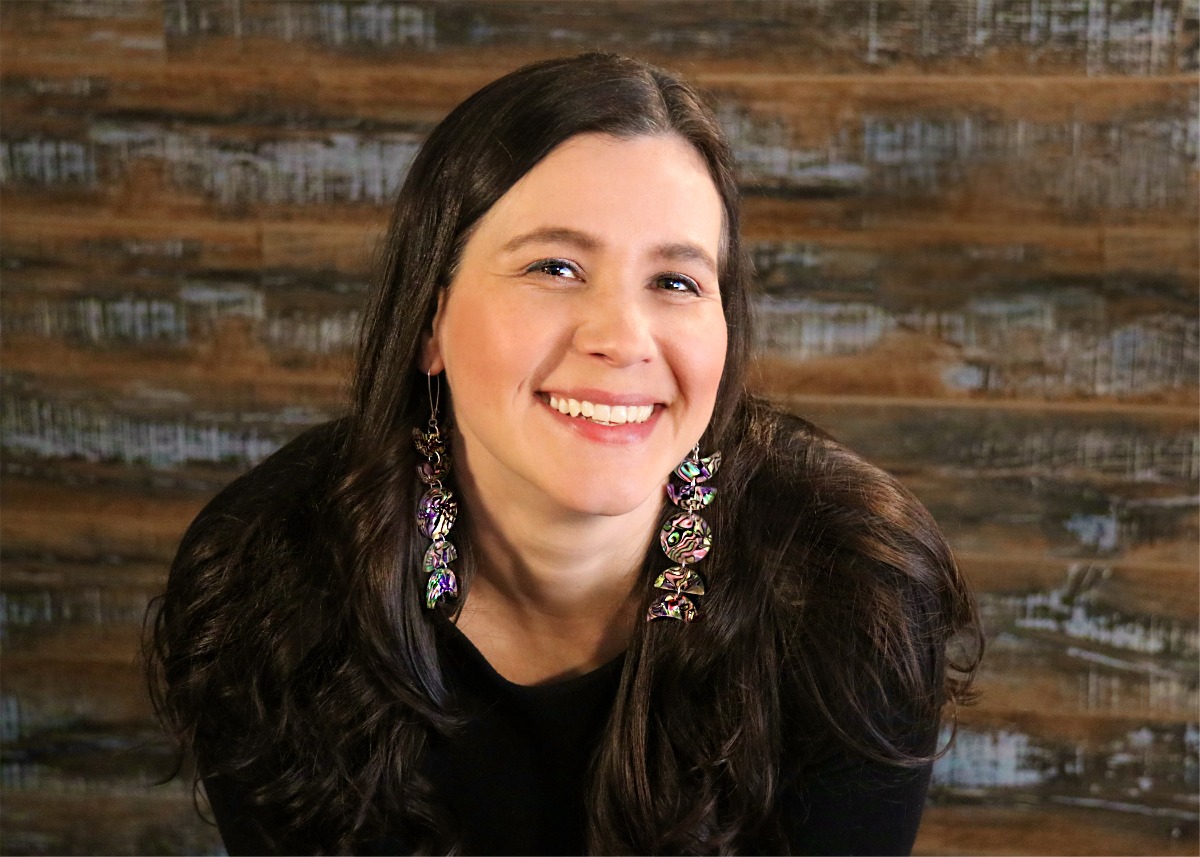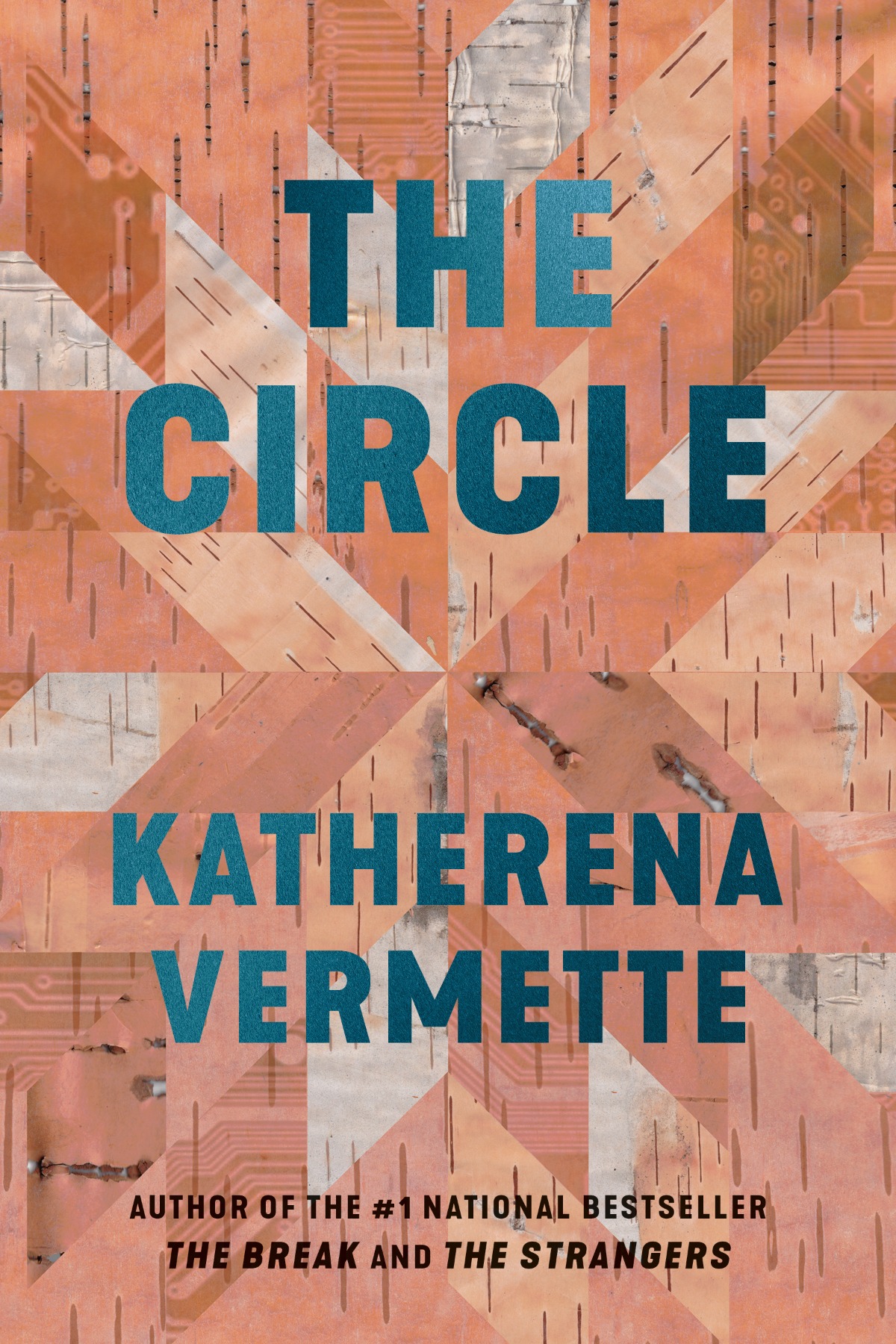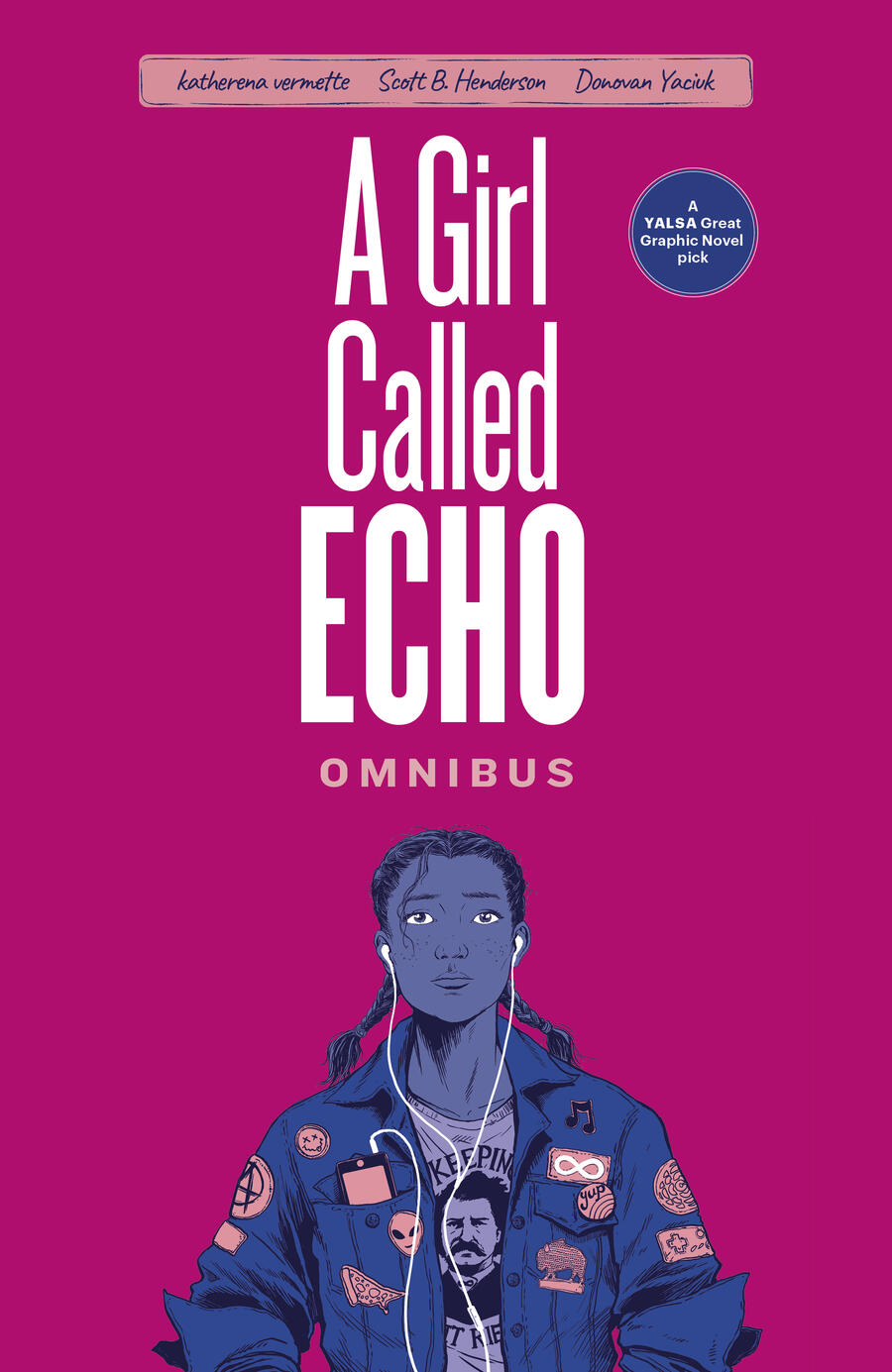- Home
- |
- Our Culture
- Louis Riel
- Métis Firsts in North America
- Métis Minute
- Who are we?
- Métis Nation Database
- Kids' Corner
- I Love to Bead Month
- |
- Departments / Affiliates
- Citizenship
- Culture & Heritage
- Early Learning & Child Care
- Economic Development
- Engagement and Consultation
- Energy, Infrastructure & Resource Management
- Health & Wellness
- Housing and Property Management
- Infinity Women Secretariat
- Louis Riel Capital Corporation
- Louis Riel College
- Louis Riel Institute
- MEDOCare Pharmacy
- Métis Child and Family Services Authority
- Métis Employment & Training
- Métis Justice Institute
- Métis Rights & Constitution
- Michif Language
- Provincial Education
- Red River Métis Business Development Corporation
- Red River Métis Community Resource
- Red River Métis Fur Company
- Red River Métis Veterans
- Riel House
- Sixties Scoop
- Youth
- |
- Government
- |
- Jobs
- |
- News
- |
- Contact
Katherena Vermette
October 12, 2023
Author joins her passion for the written word with her love for the Red River Métis community
 Red River Métis author Katherena Vermette recently published The Circle, the final installment in her The Break trilogy. Photo credit: Vanda Fleury.
Red River Métis author Katherena Vermette recently published The Circle, the final installment in her The Break trilogy. Photo credit: Vanda Fleury.
From award-winning poetry to her bestselling novels, Katherena Vermette has left a piece of herself in every work she has created.
"I love everything I write the first time I write it. I love that first draft because I think when you're so close to it and you just feel that sense of relief, that it's out in the world and no longer inside of you," she said.
From the age of 10, Vermette has always had a deep love for the written word. She would write as much as she could, whenever she could. This passion led to her now successful career as an author, with many works she is proud of today, from her debut poetry collection North End Love Songs to her first novel The Break.
"I love my first collection of poems because it was so raw and so close to me. I have a deep love for my first novel, even though it was very difficult for me to write," she said. "I really love whatever I'm working on right now because I love the act of, you know, it's kind of like a compulsion. It's kind of like a passion. It's a drive. It's a calling. It's a vocation, and I really like the work of it."
The Circle is the final instalment in her series set in the world of The Break and The Strangers. With a tale of restorative justice, healing, and moving forward on her mind, Vermette understood exactly the story she wanted to tell when writing her third novel.
"It's 21 different voices, 21 different chapters making up this circle of folks, and it's all how they've reacted and they're living now following this traumatic occurrence that took place in the previous books," said the author. "They come from a whole bunch of different spaces and come together after years of work. It's really completing a larger arc that involves all three books, but at the same time, it really is its own story."
"We are beautiful. We are a beautiful nation. We're beautiful people and we, like anything and anyone else in this world, are worthy of literary attention. So, I really wanted to pay attention to that part of being Michif. I think there are many, many ways to be Michif, but my perspectives focus on the inner city, from where I'm coming from. I wanted to highlight that because I think there's so much beauty to be had in there." - Katherena Vermette
The Red River Métis author's fascination with character development allows for each perspective to provide a piece of the puzzle, creating a well-rounded story following the effects of trauma and just how cathartic it can be to have a space to share your story with others.
"I gave myself permission to just love character. I love characters. I love developing characters. I love just staying close in character. In a lot of these chapters, each one is a different voice, and often their voice. That's just someone kind of on their own, articulating their own experience and their lives," she said. "I think we learned so much from people, just letting them talk at the same time. The analogy of the book is a restorative justice circle and how everyone is affected by something that happens and how everyone should have the opportunity to speak. I kind of indulged that as well. I kind of let everyone speak."
Vermette expressed the importance of having so many narratives in one book and developing their characters.
"The larger symbolic idea is that everyone has a role to play. Everyone's affected by the tragedies in the stories, in their own way, and their story is valuable and worth sharing. So that's why I wanted to include the 10-year-old kid and the Elder, who's kind of disconnected from the story, but still in the story. I really brought everybody in," she said. "It was really indulging my love of character and really letting each chapter be its own kind of character sketch, a point in time in a human's life and what they were going through in that particular moment. I really wanted to challenge myself in making a larger narrative with so many different voices, like how can you interconnect, how can you keep a plotline going."
As her characters came to life, her love for them only continued to grow.
"I love my young characters so often because I model them quite closely after the young people in my life that I love, but also my young self. And there's a kind of joy that no matter what is happening, there's a joy in speaking to the children and speaking to the young people. Because when you're embodying that character, you're a young person. And as scary as it is to be a young person, there's also a beautiful vantage point of innocence," said Vermette.
Succeeding the previous two novels, The Circle follows the aftermath of an assault perpetuated by two young people. With topics as serious as assault, intergenerational trauma, and Indigeneity, the acclaimed author took her time figuring out just how she wanted to tell this story.
"The whole point of this story is that people don't always make great choices. I'm exploring ideas of trauma. I'm exploring ideas of accountability and forgiveness and for that to happen, not everyone's making great choices, so I really relish those who do," she said. "And I still feel like I'm getting to be a better writer as I go, but the idea was to try to tell the story of these traumas and these violences in the larger context of intergenerational truth, which is intergenerational strength, intergenerational trauma, and the idea of how hurt people hurt people and violence doesn't happen in a vacuum. And how it comes from someplace and where it comes from, and how it all functions in marginalized communities who don't have the privilege of being free from oppression."
 The Circle is a tale of restorative justice, healing, and the complexities of moving forward from tragedy.
The Circle is a tale of restorative justice, healing, and the complexities of moving forward from tragedy.
Cover art credit: KC Adams.
Vermette always had a strong desire to write a family saga story. With so many characters speaking to her, it was only a matter of time before The Circle was completed.
"(The Circle) really completes the story that I know of these people's lives. It's still thematically the same as far as ways around themes of accountability and forgiveness, if that's even possible," she said. "I'm always curious about ideas around how we hold trauma inside of ourselves and how some people have the tools to overcome but other people really struggle. Some people seem to get over things quickly and other people seem to take lifetimes, so I was really interested in exploring that."
The award-winning author took an approach to her novel in a way that is like her poetry.
"I'm also a poet. I want to get lost in the beauty. I love spending time in a character and exploring the surrounds. I like the quietness about that," she said. "But then I also am compelled to write these stories that are heavy in plot because things are happening. Because if you want to write about trauma, you have to kind of show to a certain extent the actual trauma."
Understanding the importance of highlighting Métis perspectives, Vermette continually aspires to write stories that reflect the beauty, heartache, healing, and perseverance that is prevalent in our community.
"We are beautiful. We are a beautiful nation. We're beautiful people and we, like anything and anyone else in this world, are worthy of literary attention. So, I really wanted to pay attention to that part of being Michif," she said. "I think there's many, many ways to be Michif, but my perspectives focus on inner city, from where I'm coming from. I wanted to highlight that because I think there's so much beauty to be had in there."
Vermette's family traces back to early Red River Métis settlements.
"My family's been in and around Winnipeg for several generations, most recently in South St. Vital, before it was South St. Vital, and then St. Boniface, way back in the day," she said. "I love the history that I have. I love the literal genealogy that I can look at and confirm who I am, as well as the beautiful rich community that I surround myself with."
The Red River Métis writer centres her works on her own version of Winnipeg.
"When I started writing, I wanted to talk about marginalized communities. I wanted to talk about inner city communities," she said. "I wanted to talk Indigenous urbanization and how so many of us have lived and breathed in cities for generations."
Vermette has given other Indigenous children the chance to see themselves in her writing.
"I didn't see a lot when I was a kid and I really wanted to see more. What I keep thinking is that I'm writing stories for my 13-year-old self who wanted to see something of her world in books," said the author. "I was a bit of a library geek, you know, scribbling in my little journals. I was that kind of kid, but I never even dreamt of seeing myself in fiction. Never mind in literature and never mind the popular stuff."

A Girl Called Echo follows the adventures of a teenage girl, Echo Desjardins, as she travels to places in Métis history.
With her passion for history, determination to highlight Indigeneity in the written word, and a desire to bring a young Métis voice to the mainstream, Vermette has had the chance to reach a younger audience with her graphic novel series, A Girl Called Echo.
"I wrote a graphic novel series called A Girl Called Echo, and it's a time travelling girl that specifically goes to places in Michif history," she said. "And it's just a beautiful place. A lot of timelines, lots of history, geek stuff all over the place."
On October 3, 2023, the author released the omnibus edition, which sees all four graphic novels - Pemmican Wars, Red River Resistance, Northwest Resistance, and Road Allowance Era - combined into one.
"It was a team effort between my illustrator, my colourist, my publisher, and me," she said. "I'm just so proud of it, and it's a beautiful-looking omnibus."
For more information on the author, or to read one of her books, visit katherenavermette.com.
